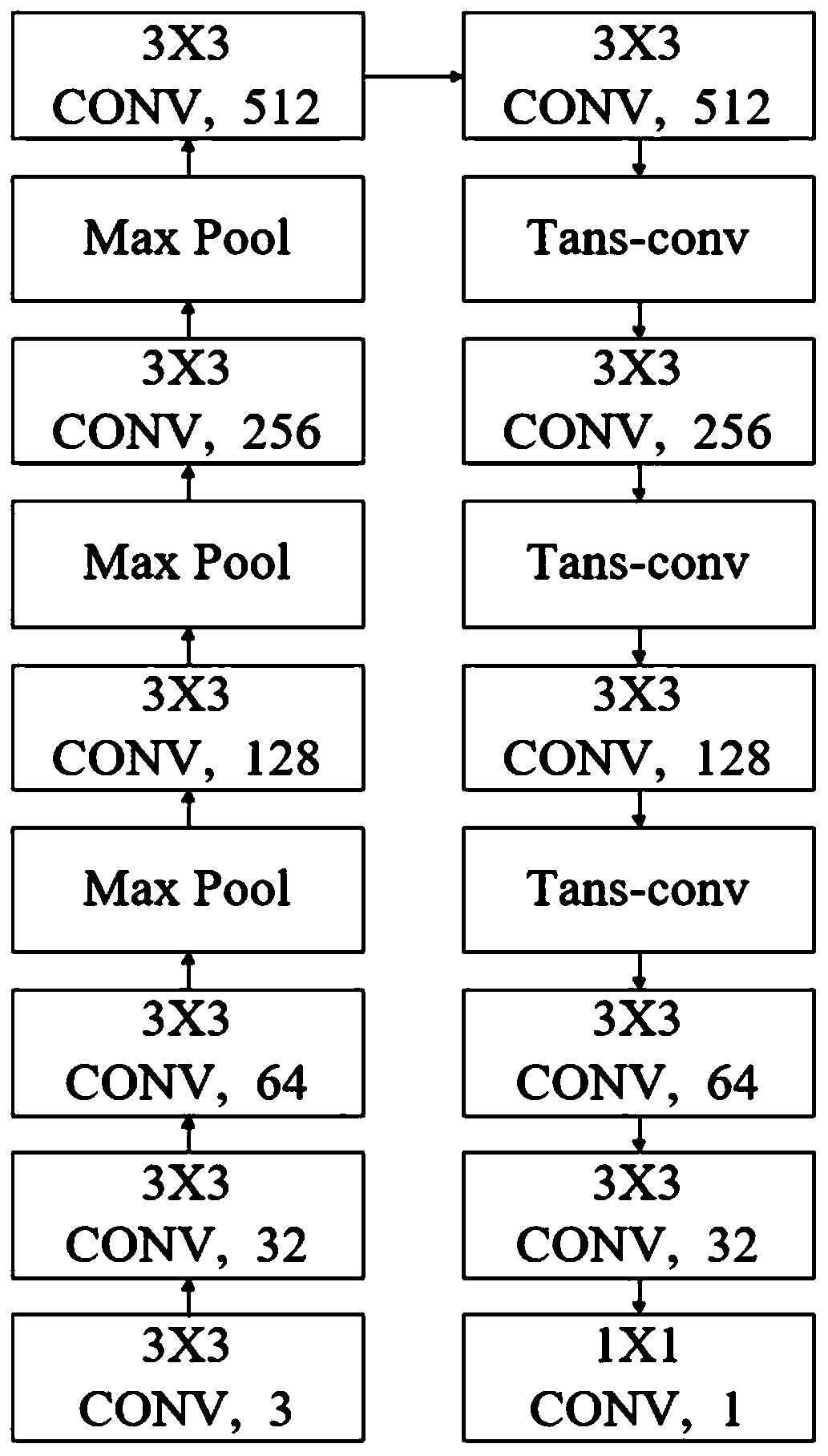Building spoil particle size distribution rapid identification method based on convolutional neural network
A convolutional neural network and construction spoil technology, which is applied in the field of rapid identification of the particle size distribution of construction spoil, and achieves the effects of good reproducibility of results, improved comprehensive utilization, and clear thinking.
- Summary
- Abstract
- Description
- Claims
- Application Information
AI Technical Summary
Problems solved by technology
Method used
Image
Examples
Embodiment 1
[0069] like figure 1 A method for quickly identifying the particle size distribution of construction spoil based on convolutional neural network is shown, which specifically includes the following steps:
[0070] 1) Take the construction spoil soil samples from the construction site, bake them at a constant temperature of 110°C for 40 hours, put the soil samples into a mortar and grind them thoroughly;
[0071] 2) Screening the ground building spoil with a fine sieve with an aperture of 1mm;
[0072] 3) Weigh 10.00 g of the soil sample passing through the 1mm sieve hole in step 2) and dilute it in the glass dish to be tested as the sample to be tested;
[0073] 4) Take the original image of the spoil particle distribution after microscopic imaging in the glass dish, and perform grayscale processing to convert it into a grayscale image;
[0074] 5) Select an appropriate threshold, convert the obtained grayscale image into a binary image, set all the pixel values of the back...
Embodiment 2
[0080] A fast identification method of particle size distribution of construction spoil based on convolutional neural network,
[0081] 1) Dry the construction spoil sample at 105°C for 24 hours to constant weight, remove the construction waste different from the characteristics of the spoil sample, and then go through the process of grinding and sieving to obtain the pretreated construction waste whose particle size is not greater than 1mm. soil sample;
[0082] 2) Prepare the pretreated construction spoil sample in step 1) into an 8wt% dilute solution and boil it for 1 hour, then observe it with a video camera under a microscope, keep the particles in the pretreated sample in a dispersed state, and adjust the particle imaging The axial position of the particle is taken and photographed to obtain multiple microscopic images of particles;
[0083] 3) Perform grayscale processing on the particle microscopic image in step 2) to obtain a grayscale image, then select an appropria...
Embodiment 3
[0104] In this embodiment, in step 1), the drying temperature is 110° C., and the drying time is 48 hours;
[0105] After the construction spoil sample and the construction spoil to be tested are pretreated in step 1) in this embodiment, the acid-base detection is carried out. The test results show that the construction spoil samples and the construction spoil to be tested are acidic soils, so step 2 ) in the preparation of dilute solution of the dispersant are all selected 0.3N NaOH solution.
[0106] In addition, the boiling time in step 2) is 1.2h.
[0107] All the other are with embodiment 2.
PUM
 Login to View More
Login to View More Abstract
Description
Claims
Application Information
 Login to View More
Login to View More - R&D
- Intellectual Property
- Life Sciences
- Materials
- Tech Scout
- Unparalleled Data Quality
- Higher Quality Content
- 60% Fewer Hallucinations
Browse by: Latest US Patents, China's latest patents, Technical Efficacy Thesaurus, Application Domain, Technology Topic, Popular Technical Reports.
© 2025 PatSnap. All rights reserved.Legal|Privacy policy|Modern Slavery Act Transparency Statement|Sitemap|About US| Contact US: help@patsnap.com


